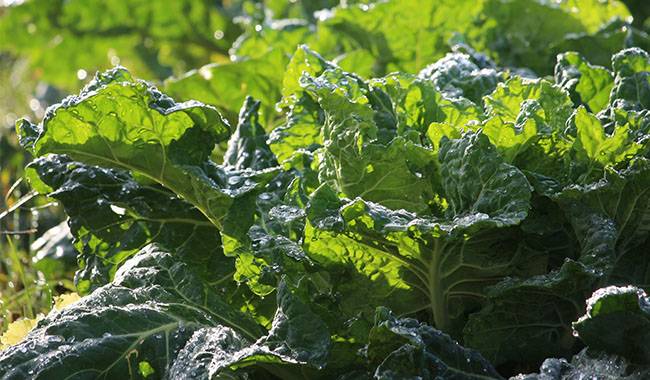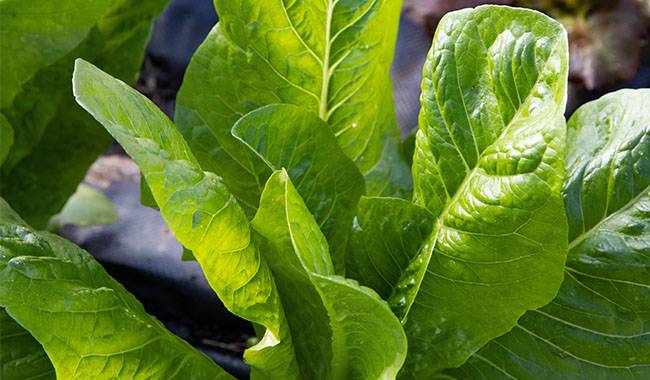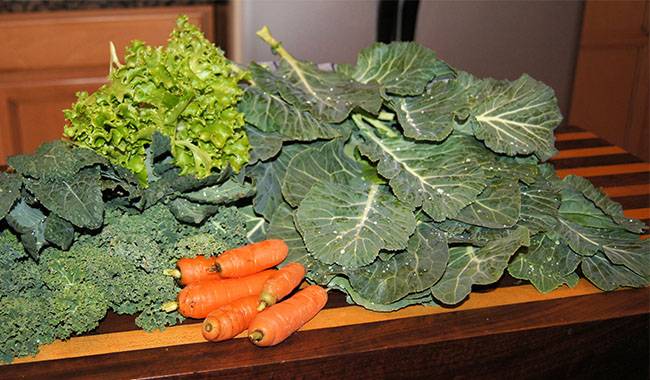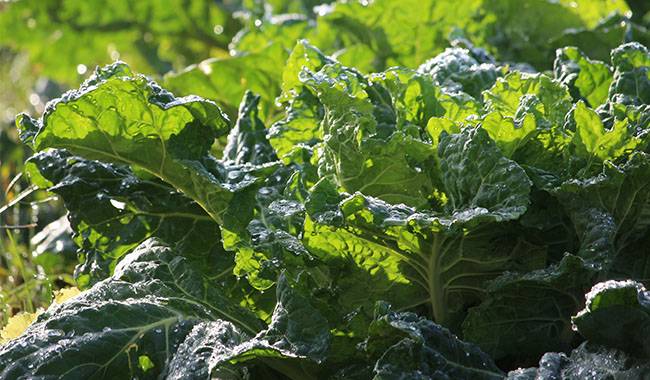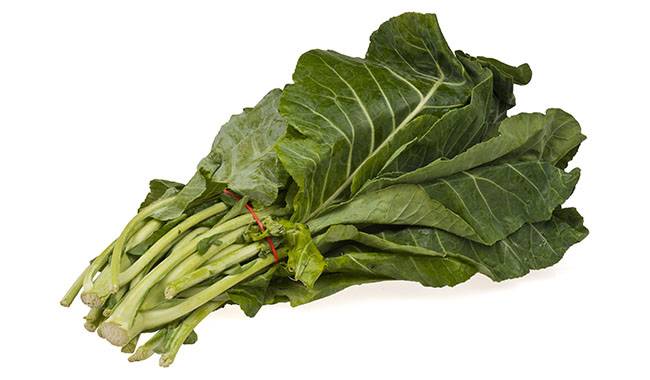
I have had many friends ask me what is companion plants for collard greens.
A widely known strategy for maximizing the growth of vegetable gardens is called companion planting.
Revived in the 1970s along with the growth of interest in organic gardening methods, companion planting uses the protective, attractive, and chemically compatible nature of vegetable plants to promote mutually healthy growth.
Louise Riotte promotes traditional growing knowledge and modern growing information to introduce companion planting to a new generation of gardeners is Carrots Love Tomatoes.
Together, they use old and new ways to increase the harvest of collard greens.
COMPANION PLANTS
Companion planting is an important part of organic gardening. Companion plants assist the growth of other plants by attracting beneficial insects, repelling pests, or providing nutrients, shade, or support.
There are also plants that do not like to be next to each other. Some plants are too tall and may provide too much shade for your plants. Sometimes certain plants attract the same pests, so it is important to try to keep them apart.
FRIENDLY TO COLLARD GREENS
Catnip
Oregano
Celery
Potatoes
Dill
Rhubarb
Onions
Rosemary
Marigolds
Sage
Marjoram
Tarragon
Mint
Thyme
Nasturtiums
UNFRIENDLY TO COLLARD GREENS
Broccoli
Cabbage
Cauliflower
Kale
Kohlrabi
Strawberries
Tomatoes
PESTS
Pests can be one of the most difficult challenges you face in your garden.
We strive to grow food without the use of pesticides, and fortunately, there are natural solutions for most of these harmful pests!
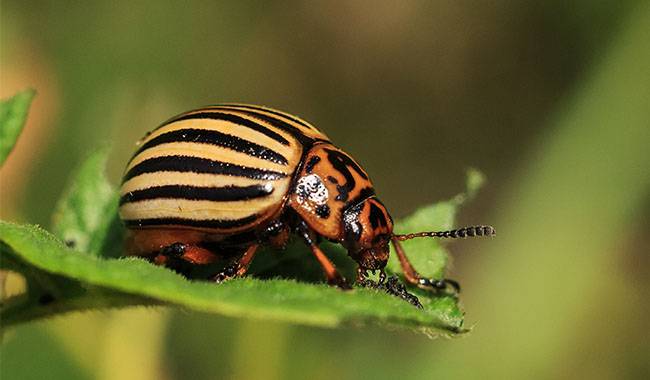
THE PESTS LISTED BELOW ARE COMMON PESTS OF COLLARD GREENS
Aphids
Cabbage Loopers
Cabbage Worms
Flea Beetles
Harlequin Bugs
Rabbits
Root Maggots
Slugs/Snails
ATTRACTORS AND REPELLENTS
Aromatic herbs have beneficial effects on collard greens and other members of the Brassicaceae family: hyssop, thyme, and artemisia are listed as anthelmintics for cabbage.
Another aspect of companionship is attractiveness: sage, mint, and dill are recommended. Little is said about the properties of sage and mint; they tend to attract some insects, but not all.
The role of dill is more complex. It draws a wasp that attacks cabbage worms.
PLANTS WITH DIFFERENT NEEDS
An important supporting technique involves grouping plants that use chemicals from different strata or from the same soil.
Potatoes and onions are recommended because their nutritional needs are different from those of collard greens and because they take up nutrients from different areas of the soil.
This prevents soil depletion and avoids the extra fertilizer that would be produced if collard greens, cabbage, and hugger kale were planted together.
Aromatic herbs have beneficial effects on collard greens and other members of the Brassicaceae family: hyssop, thyme, and artemisia are listed as moth-proofing agents for cabbage.
Little is said about the properties of sage and mint; they tend to attract some insects, but not all.




